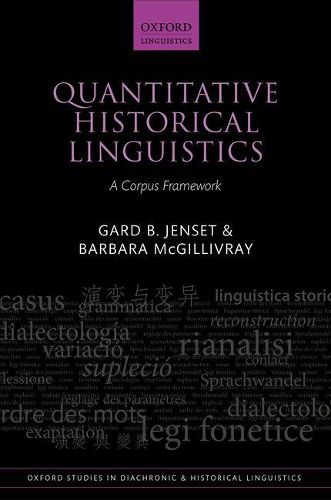Readings Newsletter
Become a Readings Member to make your shopping experience even easier.
Sign in or sign up for free!
You’re not far away from qualifying for FREE standard shipping within Australia
You’ve qualified for FREE standard shipping within Australia
The cart is loading…






This book is an innovative guide to quantitative, corpus-based research in historical and diachronic linguistics. Gard B. Jenset and Barbara McGillivray argue that, although historical linguistics has been successful in using the comparative method, the field lags behind other branches of linguistics with respect to adopting quantitative methods. Here they provide a theoretically agnostic description of a new framework for quantitatively assessing models and hypotheses in historical linguistics, based on corpus data and using case studies to illustrate how this framework can answer research questions in historical linguistics. The authors offer an in-depth explanation and discussion of the benefits of working with quantitative methods, corpus data, and corpus annotation, and the advantages of open and reproducible research. The book will be a valuable resource for graduate students and researchers in historical linguistics, as well as for all those working with linguistic corpora.
$9.00 standard shipping within Australia
FREE standard shipping within Australia for orders over $100.00
Express & International shipping calculated at checkout
This book is an innovative guide to quantitative, corpus-based research in historical and diachronic linguistics. Gard B. Jenset and Barbara McGillivray argue that, although historical linguistics has been successful in using the comparative method, the field lags behind other branches of linguistics with respect to adopting quantitative methods. Here they provide a theoretically agnostic description of a new framework for quantitatively assessing models and hypotheses in historical linguistics, based on corpus data and using case studies to illustrate how this framework can answer research questions in historical linguistics. The authors offer an in-depth explanation and discussion of the benefits of working with quantitative methods, corpus data, and corpus annotation, and the advantages of open and reproducible research. The book will be a valuable resource for graduate students and researchers in historical linguistics, as well as for all those working with linguistic corpora.